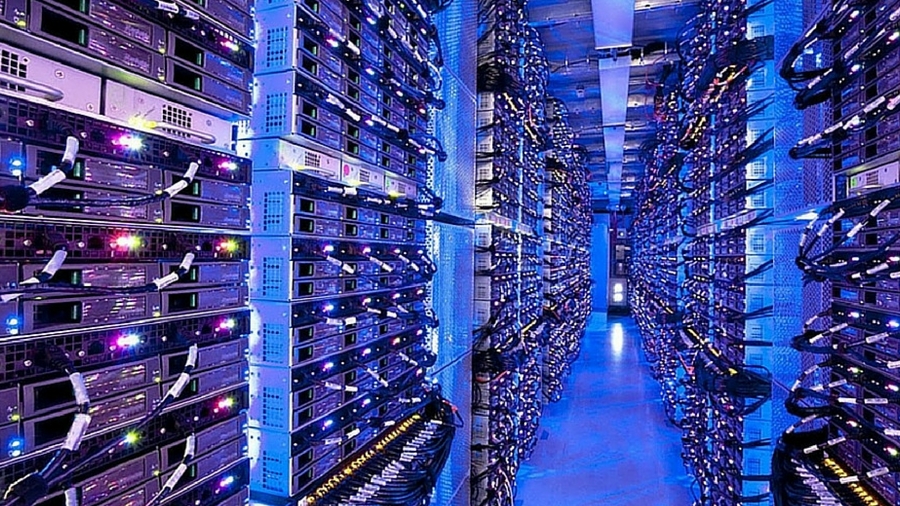
New research has claimed the shift toward carrier-neutral Internet Exchanges (IXs) is revolutionizing data center connectivity, providing geographical diversity, redundancy, and flexibility to meet the increasing demands of AI, cloud services, and data-heavy applications.
Over the past decade, there has been a 600% growth in the deployment of IXs in the US, according to a recent study by Dstream Group, conducted on behalf of DE-CIX, which found 80% of all US Internet Exchanges (IXs) are now data center and carrier-neutral.
Of the top 50 largest IXs in the US, 35 (70%) are neutral, the report found indicating a strong preference for this model among network operators. By being spread across various operators and locations within a metro area, neutral IXs help businesses avoid vendor lock-in and provide the opportunity for redundant connections. This redundancy is essential for resilience.
Why adopt neutral IXs over traditional models?
The study notes now the data centre and carrier model is proving more resilient and adaptable to modern connectivity needs.
In today’s digital world, the demand for robust, flexible, and resilient digital infrastructure is growing rapidly. With the rise of cloud computing, artificial intelligence (AI), and the Internet of Things (IoT) – organizations require faster, more reliable connections to meet the expectations of modern digital services.
Low latency, high-performance interconnection, and network resilience have become essential in powering everything from real-time data analytics to online gaming and high-resolution video streaming. In response, data centers and Internet Exchanges (IXs) are evolving to meet these demands.
Unlike IXs…
Read full post on Tech Radar
Discover more from Technical Master - Gadgets Reviews, Guides and Gaming News
Subscribe to get the latest posts sent to your email.







